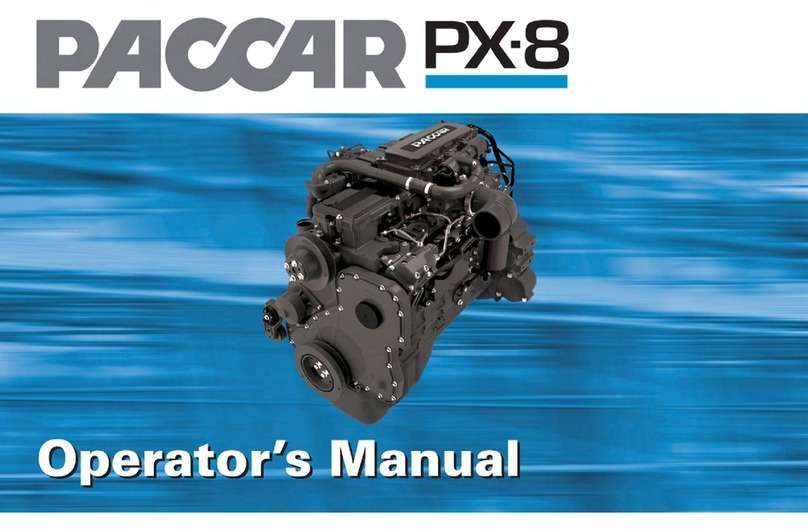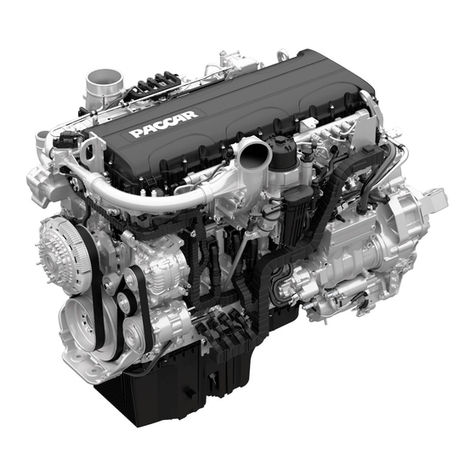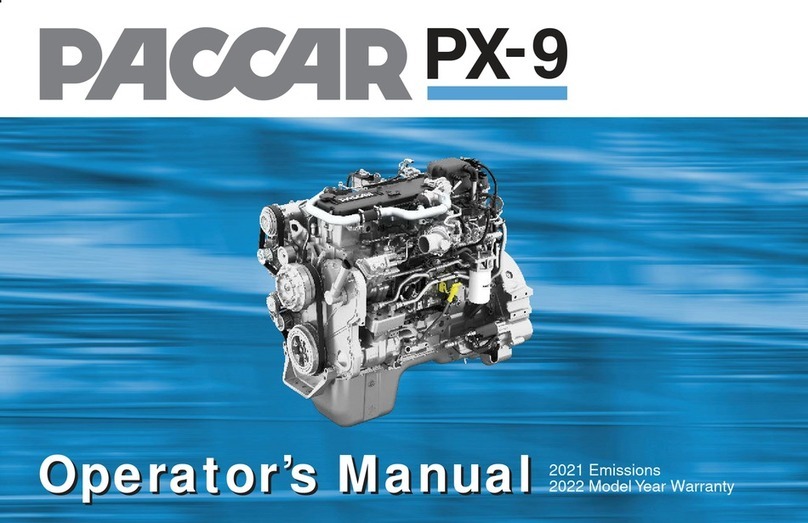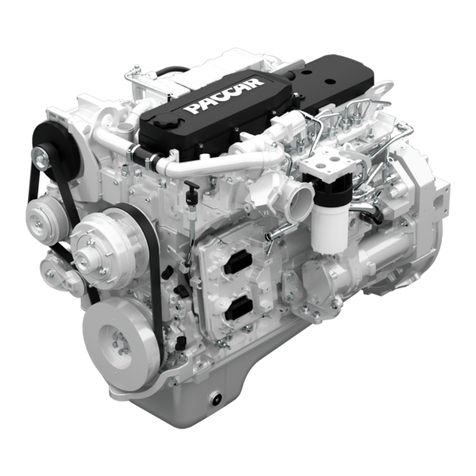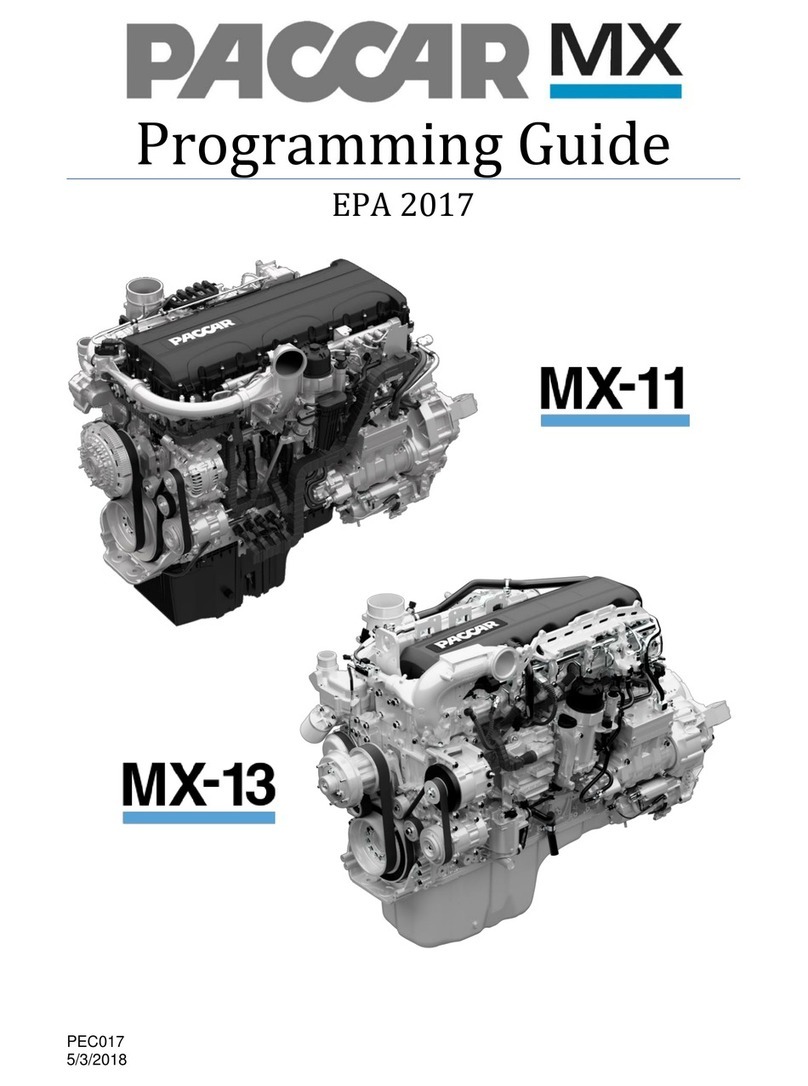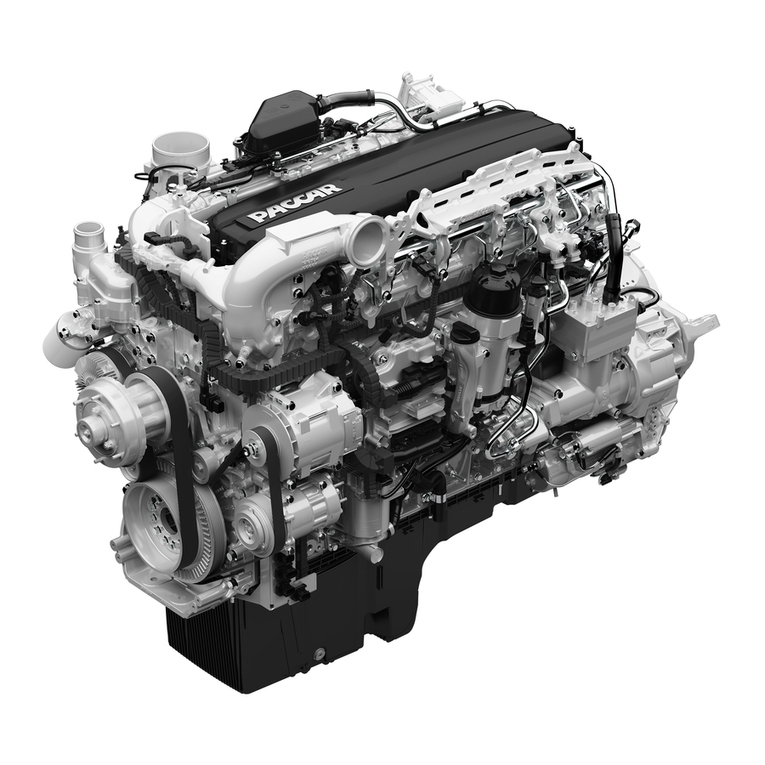
Inhalation of fumes can cause
death or personal injury. To protect
the environment, liquid refrigerant
systems must be properly emptied
and filled using equipment that
prevents the release of refrigerant
gas. Federal law requires capturing
and recycling refrigerant.
• When moving or lifting any heavy
equipment or parts, make sure to
use proper techniques and
assistance. Ensure all lifting
devices such as chains, hooks, or
slings are in good condition and
are of the correct load capacity.
Make sure all lifting devices are
positioned correctly.
• Corrosion inhibitors and lubricating
oils may contain alkali. DO NOT
get the substance in eyes and
avoid prolonged or repeated
contact with skin. DO NOT
swallow. If ingested, seek
immediate medical attention. DO
NOT induce vomiting. In case of
contact, immediately wash skin
with soap and water. In case of
harmful contact, immediately
contact a physician. Always keep
any chemicals OUT OF REACH
OF CHILDREN.
• Naphtha and Methyl Ethyl Ketone
(MEK) are flammable materials and
must be used with caution. Follow
the manufacturer's instructions to
ensure safety when using these
materials. Always keep any
chemicals OUT OF REACH OF
CHILDREN.
• When working on the vehicle, be
alert for hot parts on systems that
have just been turned off, exhaust
gas flow, and hot fluids in lines,
tubes, and compartments. Contact
with any hot surface may cause
burns.
• Always use tools that are in good
condition. Make sure you have the
proper understanding of how to use
the tools before performing any
service work. Use only genuine
replacement parts from PACCAR.
• Always use the same fastener part
number (or equivalent) when
replacing items. DO NOT use a
fastener of lesser quality if
replacements are necessary. (e.g.,
DO NOT replace an SAE 10.9
grade with 8.8 grade fastener.)
• Always torque fasteners and fuel
connections to the required
specifications. Overtightening or
under-tightening can allow leakage.
• Close the manual fuel valves prior
to performing maintenance and
repairs, and when storing the
vehicle inside.
• DO NOT perform any repair when
impaired, tired, fatigued, or after
consuming alcohol or drugs that
can impair your functioning.
• Some state and federal agencies in
the United States of America have
determined that used engine oil
can be carcinogenic and can cause
reproductive toxicity. Avoid
inhalation of vapors, ingestion, and
prolonged contact with used engine
oil.
• DO NOT connect the jump starting
or battery charging cables to any
ignition or governor control wiring.
This can cause electrical damage
to the ignition or governor.
• Coolant is toxic. If not reused,
dispose of coolant in accordance
with local environmental
regulations.
SAFETY - General Safety Instructions
8 Y53-1280-1B1 (07/2022)
1
